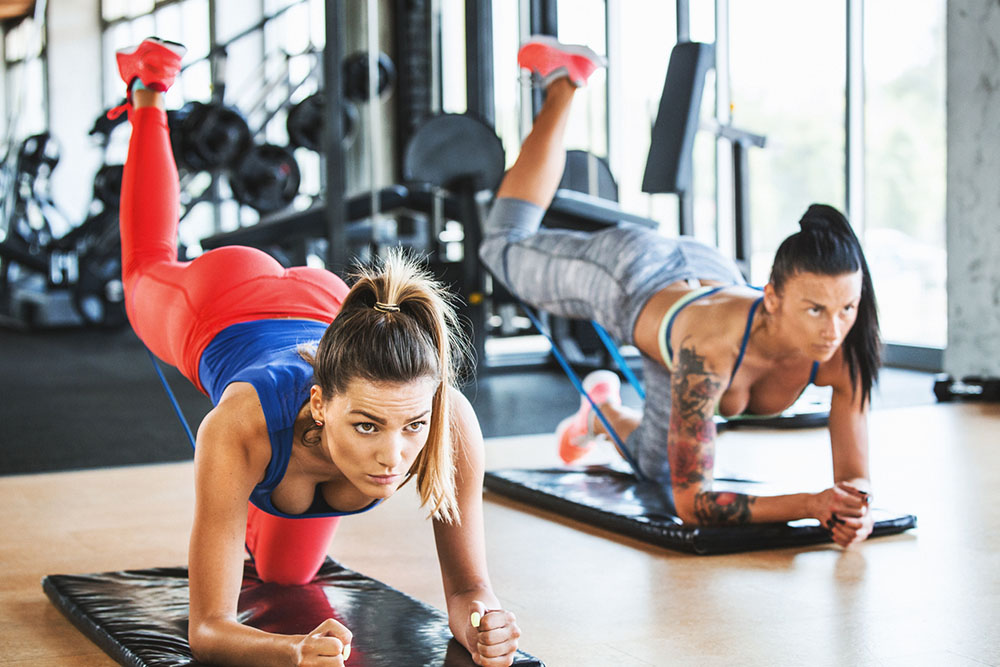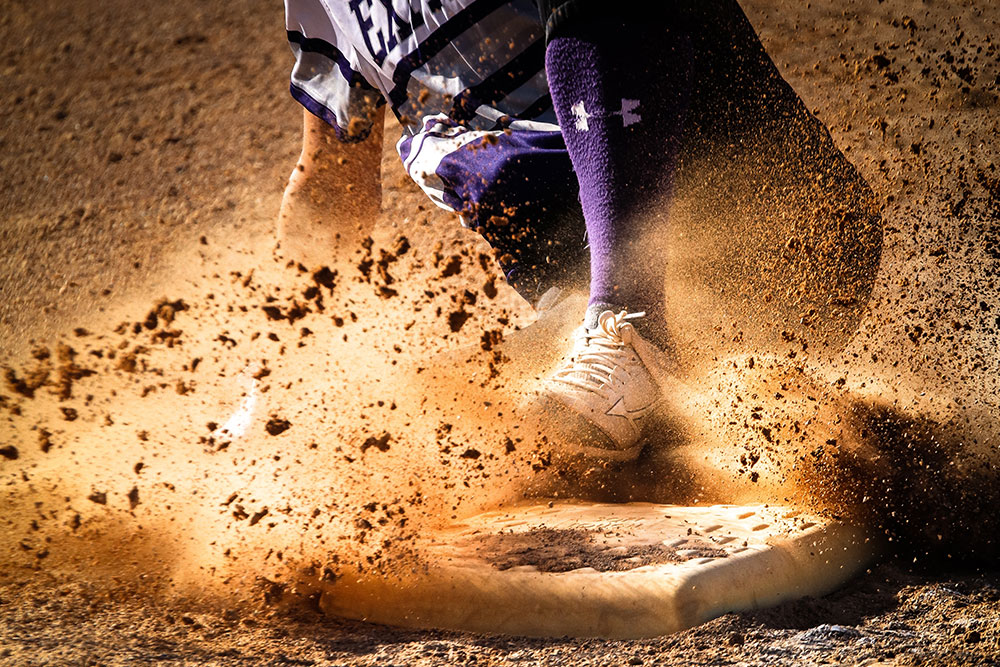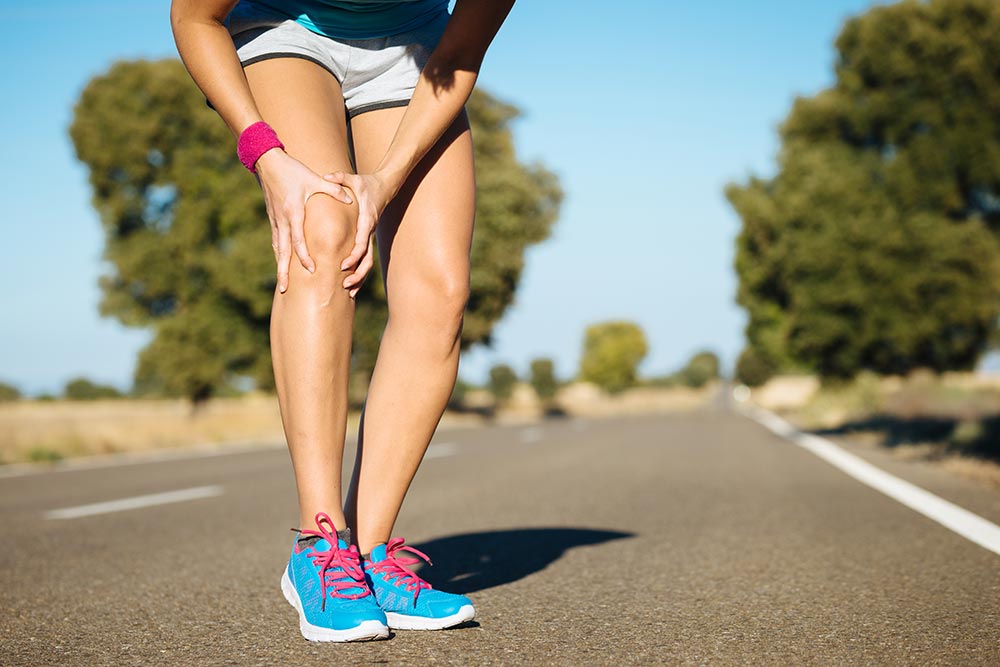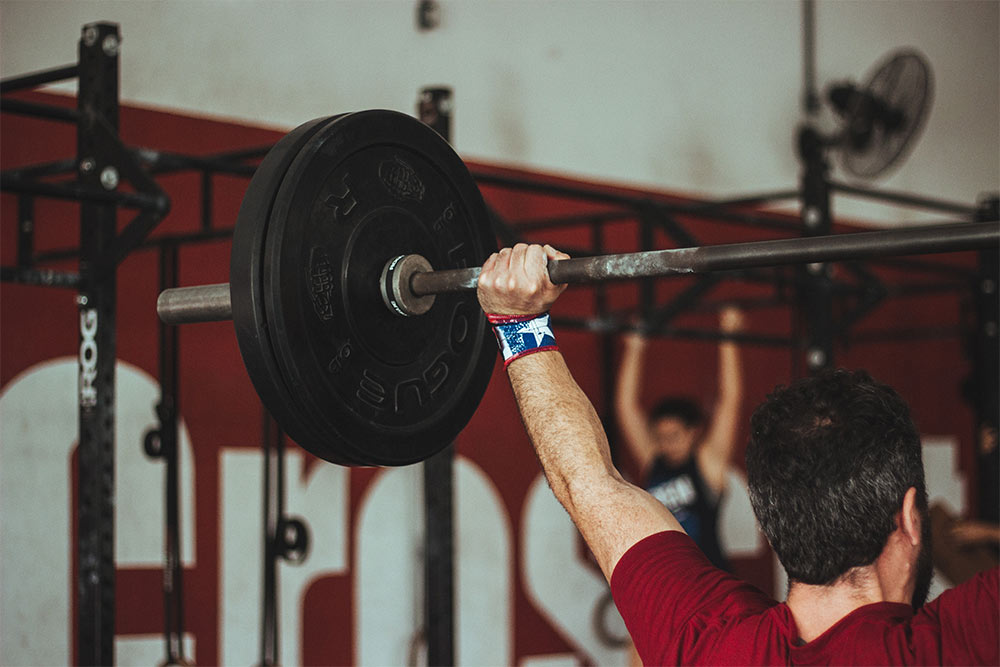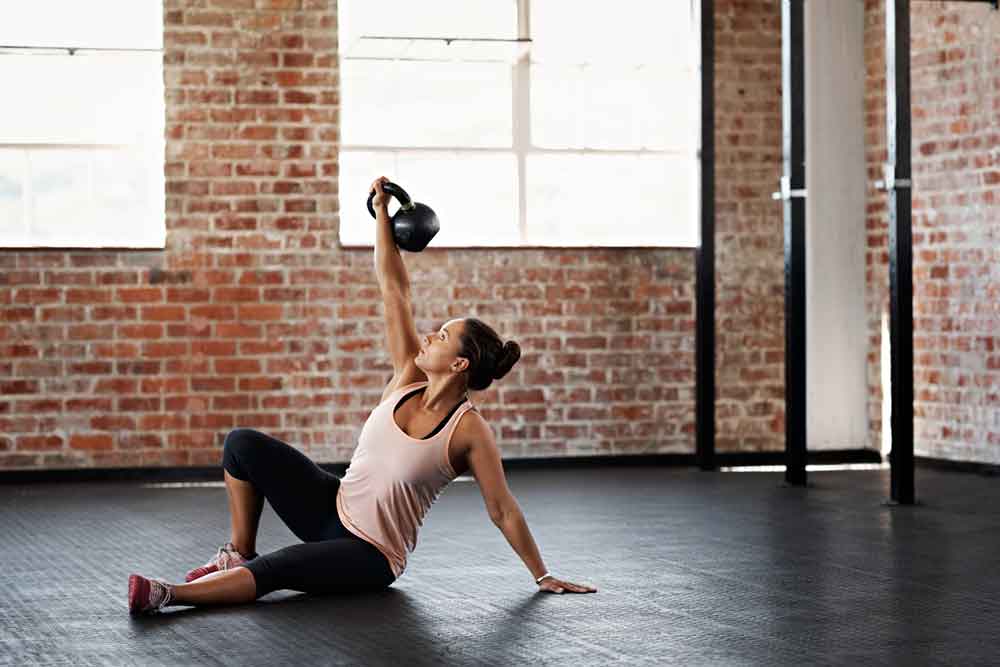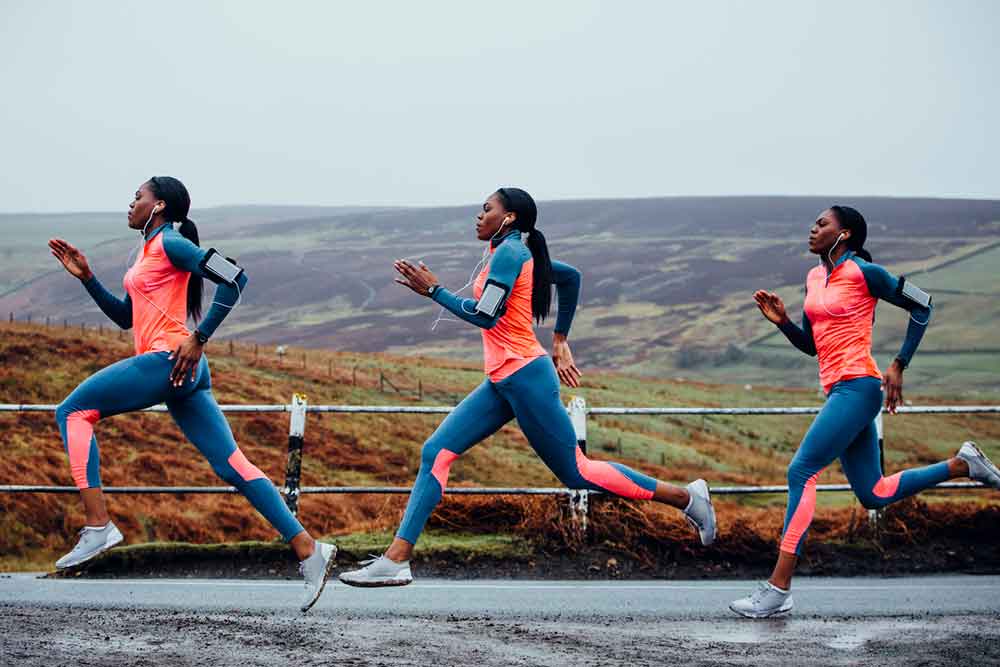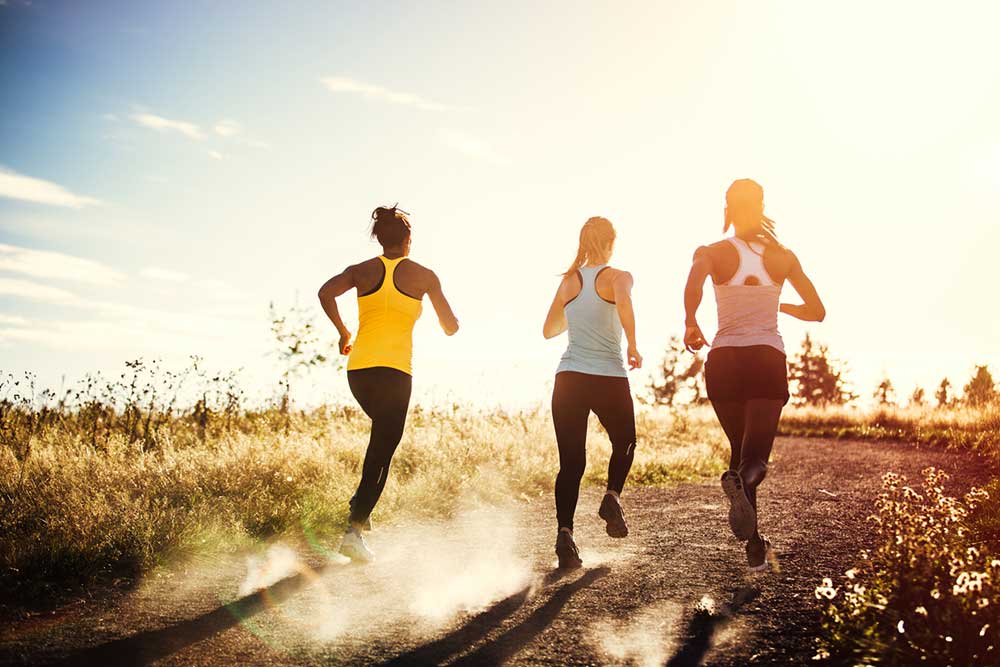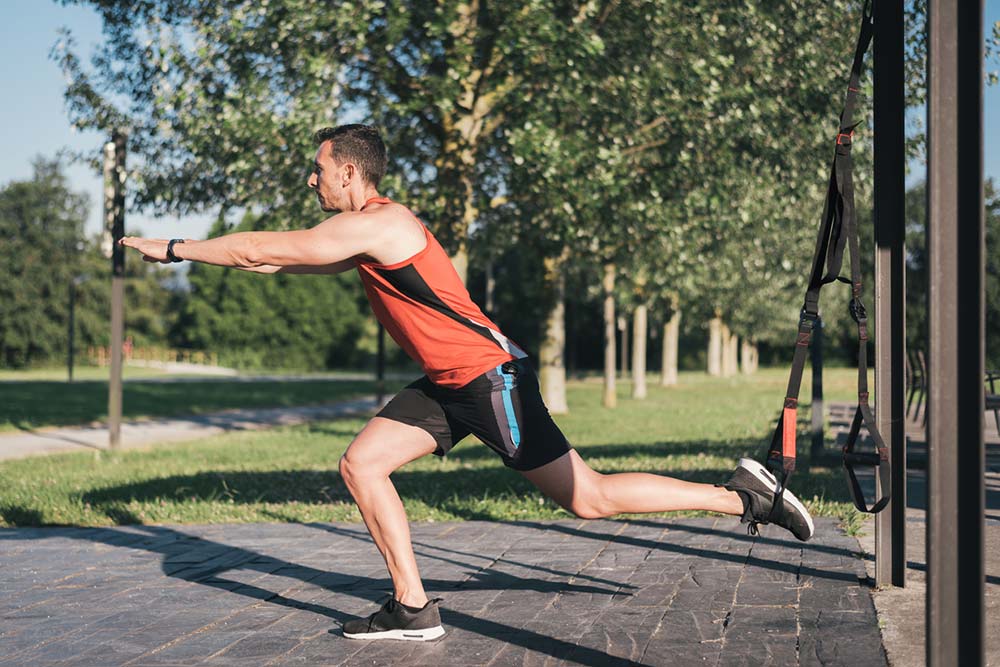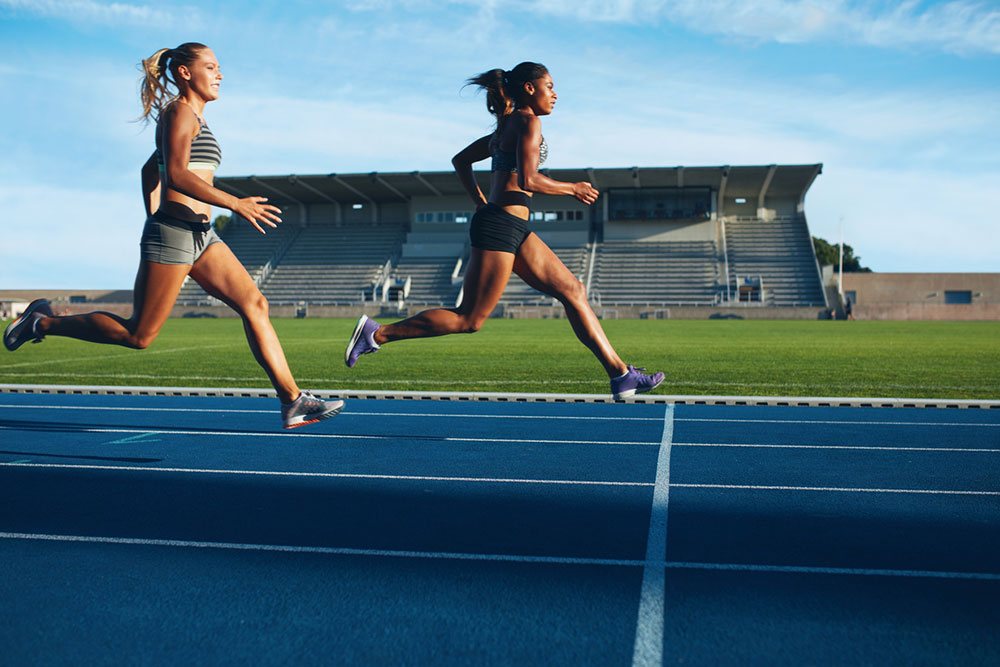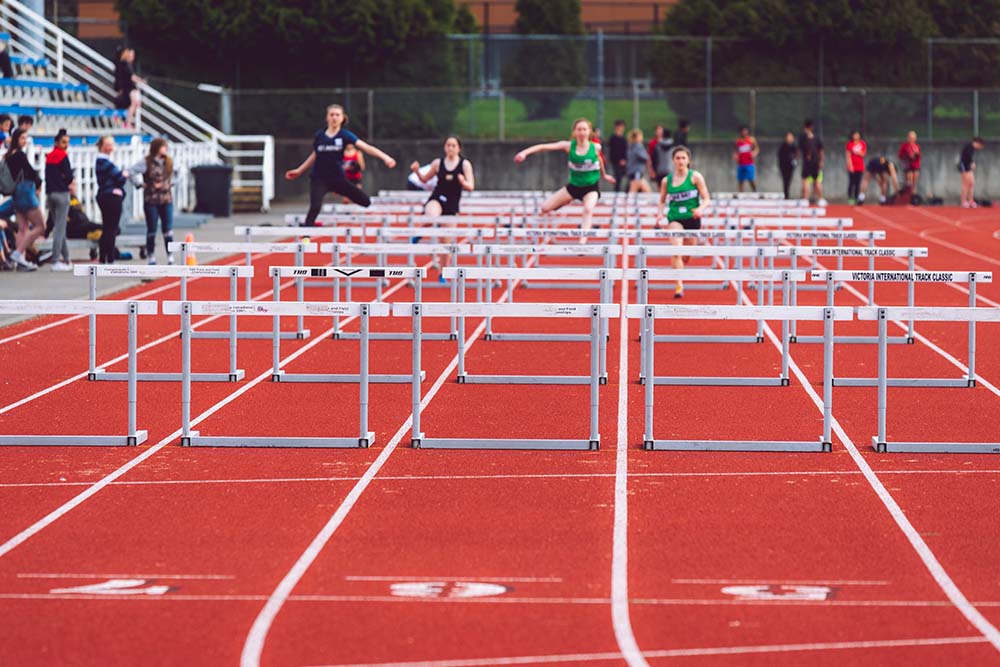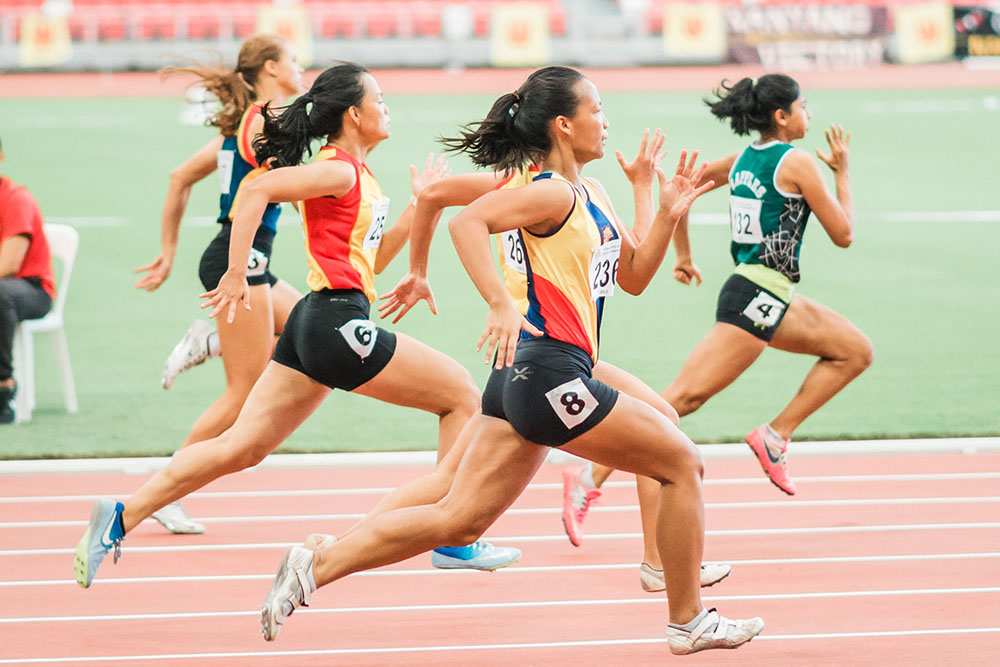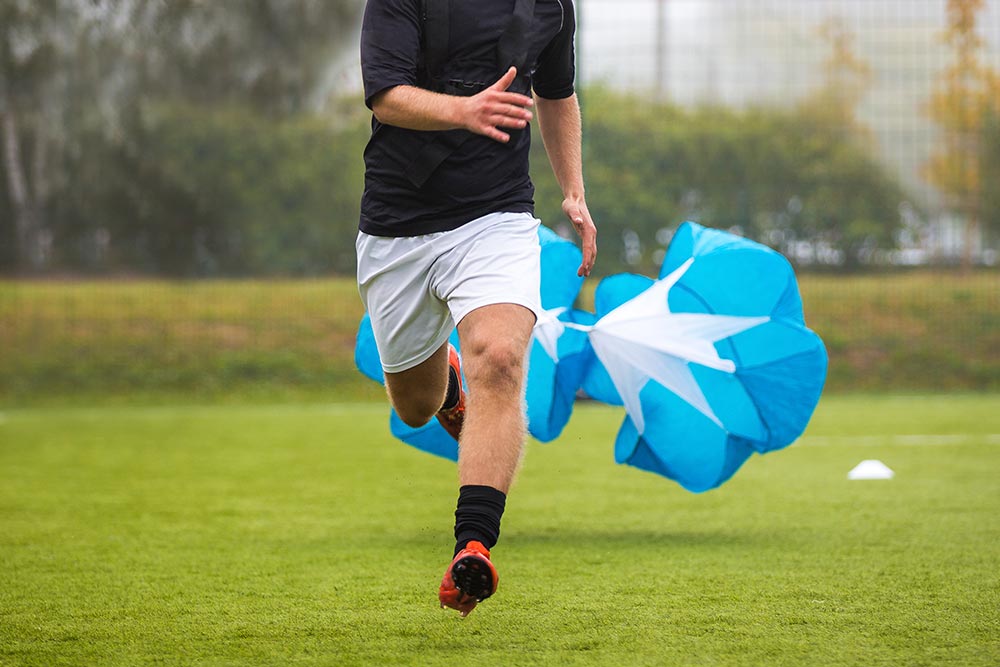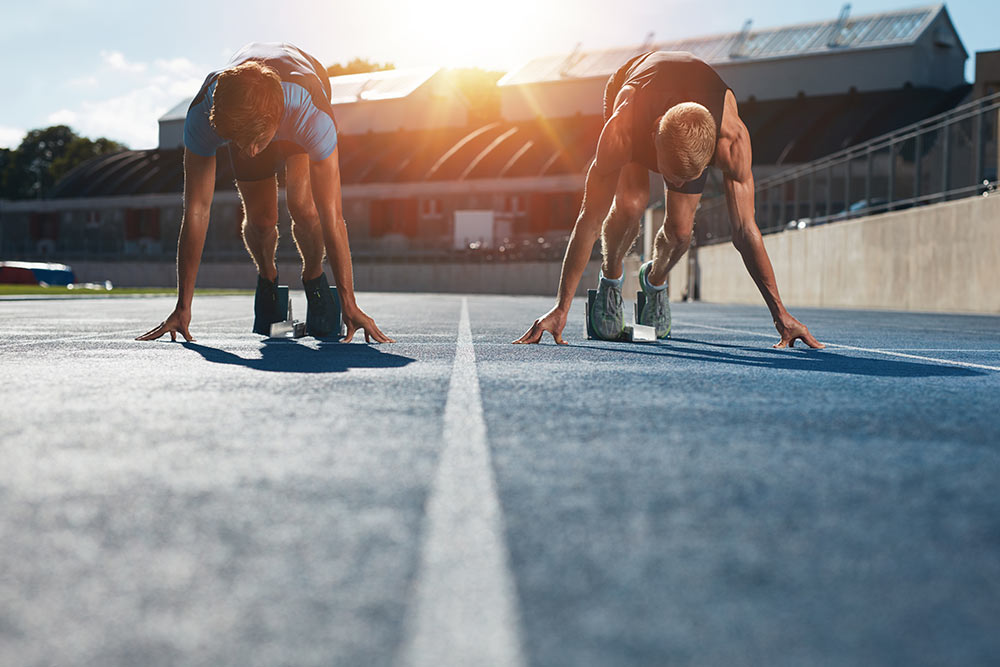How Do Sports Injury Rates Change As You Age?

As you get older, exercise becomes the most beneficial thing you can do for your body. It staves off disease and illness, all whilst helping you maintain (and often improve) joint, bone, and muscle health.
Moreover, it even has the capacity to improve your quality of life across the lifespan.
Now, one of the most effective ways to keep active as you age is to participate in some sort of sport. Not only will this ensure your exercise levels stay elevated, but it also offers the perfect way to meet new people and have a whole lot of fun in the process.
Yet many people seem to think that playing sport in your golden years is a sure-fire way to get injured – but is this really the case?
What are the physical changes caused by aging?
Before we dive into the details surrounding whether injury rates increase with age, I wanted to outline some of the more common physical changes that occur to your body as you get older – and don’t get me wrong, there are quite a few:
- Reduction in type II (or fast twitch) muscle fibers
- A loss of muscle mass
- Declines in strength and power
- Loss of flexibility
- Increased tendon stiffness
Now each of these could be looked at as a seriously negative thing – something that genuinely has the capacity to reduce your exercise performance and increase your risk of injury.
But there is a big caveat here.
Many of these changes are thought to be exacerbated by disuse.
This means that if you do indeed stay active across the lifespan, these declines are going to be markedly less than if you stop exercising completely. More importantly, if you start exercising in your older years, there may even be some potential to reverse some of these changes.
What about nervous system changes?
So, I have outlined what physical changes occur to aging body, but what about nervous system changes? It may come as no surprise, but there are a couple of changes that are certainly worthy of mention:
- Loss of nerve cells in the brain and spinal cord
- Atrophy of the brain and spinal cord
- Slowing down of nerve cell transmissions throughout the body
- Loss of alpha motor neurons (which stimulate type II muscle fibre contraction)
The collective implications of these changes typically result in declines in cognitive processing and mental functioning. Furthermore, they can also present in physical changes, typified by a loss of coordination, balance, and neuromuscular control – all of which may have the potential to increase injury risk.
However, much like the physical changes mentioned above, exercise has also been suggested to have a preventative effect on these nasty nervous system changes as well.
Talk about the fountain of youth!
Injury rates and age
You now understand what happens to your body as you get older. With this information in mind, it would stand to reason that these changes might make older athletes more susceptible to injuries than their younger counterparts (Kallinen, 1995).
But is this really the case?
Do injury rates within the same sport go up with age?
There a couple of ways of looking at this question, both of which have slightly different answers (Lewkowski, 2015).
First and foremost, older athletes competing at the elite level in team sports do appear to be at a slightly higher risk of injury than the younger athletes that they play with. For example, soccer, football, and handball athletes over the age of 30 years will be at a slightly higher risk of injury than their teammates who are under 25 years of age.
However, there may be a rather obvious reason for this.
Previous Injury Predictor
You see, the biggest predictor for future injury is a previous injury.
As a result, the more time you spend playing at the elite level, the more likely you are to experience any sort of injury – which will then increase your risk of experiencing an injury in the future.
It could simply by that older athletes have had the time to accumulate injuries, whereas younger athletes have not.
Now, on the other hand, we have older athletes who participate in sports that involve different age classes – predominantly describing those athletes who compete in track and field, in events such as running, sprinting, jumping, and throwing.
Interestingly, in these events, masters athletes do not appear to be at any greater risk of injury than their younger counterparts.
So, if you are looking to compete in a sport into your 60s and beyond, track and field may very well be the way to go!
Related Article: Reduce & Prevent Injuries With Dry Needling
Does the type of sport make a difference when it comes to aging and injury?
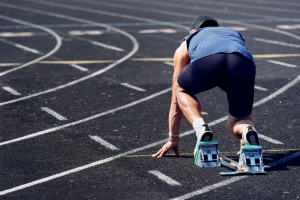 I have already outlined above that the type of sport can have an impact on the incidence of injury when compare to younger athletes – but interestingly, it can also impact the type of injuries you are likely to see as an older athlete (Baker, 2015).
I have already outlined above that the type of sport can have an impact on the incidence of injury when compare to younger athletes – but interestingly, it can also impact the type of injuries you are likely to see as an older athlete (Baker, 2015).
There is a growing body of evidence clearly showing that those older athletes who compete in more explosive sports (think team sports, sprinting, or jumping) are going to be at a higher risk of an acute injury occurring.
This could come in the form of a muscle tear, or an ankle sprain.
Conversely, those older athletes who participate in endurance type events (such as distance running, cycling, or even orienteering) generally appear to be at an increased risk of incurring an overuse injury.
This might come in the form of a tendinopathy, plantar fasciitis, or even chronic joint pain and irritation.
What sport has the highest injury incidence in older athletes?
With all this in mind, you might be wondering what sport has the highest injury rate – and it will probably come as no surprise, but it seems to be those sports that involve a lot of explosive type movements that have the highest injury risk (Ganse, 2014).
This means either team sports, or sprinting are arguably the most likely of incurring an injury – both of which are more likely to cause an acute muscle injury.
I should note that this doesn’t necessarily mean that you should shy away from these sports as an aging athlete. In fact, in my opinion, it simply means that you need to appropriately prepare your body for the rigours of that sport prior to competing.
But more on that later!
Women vs men and the aging athlete
The last thing I wanted to touch on is the considerations around gender, and how it can impact injury risk – and it really comes down to how women and men athletes age differently.
As a rule of thumb, women tend to have lower levels of muscle mass than men across the entirety of their lifespan. This means that as they enter their golden years, they are going to demonstrate less strength and power than their male counterparts.
As a result, their ability to stabilise their joints is going to be significantly lower, which can increase their risk of experiencing a lower limb overuse injury – which is why foot and knee injures are so common in older female athletes.
What are the best competitive sports for the aging athlete?
Taking all this information into consideration, what are the best sports for older athletes?
And to be completely honest, it depends.
As I have outlined above, there is an inherent risk of injury no matter what sport you play.
However, those sports that occur in open environments and require several different complex skills (such as team sports) are likely to increase your risk of injury if you have not played them before. As a result, if you are looking to commence a new sport, I would encourage you to choose something that occurs in a closed environment.
And track and field sports fit this bill perfectly.
As a bonus, these sports tend to require a narrower range of physical qualities. While this may not sound all that exciting, it does mean that you can implement specific training to prevent the most common injuries that occur in that sport easily and effectively.
The importance of balance for the aging athlete
Finally, I wanted to take an in depth look at the role that balance plays in the aging athlete.
Human balance that has simply been defined as the ability of a person not to fall. In this manner, it encompasses the ability to maintain posture during any dynamic activity, such as sport (Pollock, 2000).
As simple as this may sounds, your ability to maintain balance is complex, as it is dictated heavily by a number of different factors, which include (Horak, 2006):
- Mobility restraints: can refer to any limitations in joint mobility that may impact your ability to move effectively.
- Stability limitations: can refer to an inability to stabilize a joint or limb effectively during movement. This can very much be driven by limitations in muscle strength, which result in a loss of movement control.
- Nervous system and sensory deficits: can refer to anything that results in discord between the nervous and sensory systems, and the muscular system. For example, limitations in neuromuscular control and mechanical sense, and functional declines in the auditory and visual sensory systems.
- Cognitive processing issues: can refer to any declines in cognitive function. All actions require some degree of cognitive processing. The more demanding the task, the more cognitive processing is required to perform it effectively.
Taking all of this into consideration, if you have limitations in any one of these areas, then you are likely to experience reductions in balance – which may open you up to an increased risk of injury during sport performance.
Best tips to avoid a sports injury
I wanted to finish this article by outlining my best three tips to avoid sports injury. While I have put these together in consideration of the aging athlete, I would argue that they have the ability to help you no matter your age!
Strength training
As I have already discussed, your strength and muscle mass essentially determine your ability to maintain joint stability. This is not only integral to your ability to maintain balance during movement, but it is also what protects your joints from both acute and overuse injuries.
As a result, strength training is a must
In fact, I often argue that strength exercises are the best balance exercises for masters athletes, period.
In this manner I would suggest you perform lower limb strengthening exercises 2-3 times per week. This means performing squats, deadlifts, split squats, rows, and presses, with relatively heavy loads, on the regular.
Trust me when I say it will make a world of difference.
Related article: Increase Strength, Increase Lifespan
Prioritize your mobility
You know that as you get older, your flexibility declines. This can result in a loss of joint range of motion, which can further limit your balance and make you more susceptible to certain injuries.
This means that performing some stretching movements is essential to maximizing your mobility across the lifespan.
I would encourage you to focus on stretching the muscles that surround the hip, shoulders, and thoracic spine, as it is these joints that tend to lose mobility with age. Subsequently, it is also these areas that require the most attention.
Warm up well
This may sound like the most obvious point on the planet, but that does not make it any less important.
Warming up is essential to mitigating injury risk.
A good quality warm up increases the core temperature of your muscle tissue, increases the activity of your nervous system, enhances your joint mobility, and ultimately prepare you for the upcoming session.
My preferred warmup structure looks something like this:
- Light cardiovascular activity for 5-10 minutes
- Mobility work (focus on the hips, shoulders, and thoracic spine) for about 5 minutes
- Muscle activation exercises (focus on glutes, hamstrings, and quads) for about 5 minutes
- Movement preparation (bodyweight squats, lunges, and crawling) for about 5 minutes
- Gradually move into sport specific movements
While this may look like a lot, I can assure you that it will not only help prevent injuries, but also improve your performance as well – so make sure you do it!
Take Home Message
As you get older your body undergoes several significant changes. These can occur both physically, at the level of muscle and bones, and at a neural level, in which they incur changes to your nervous system.
Both of which can lead to losses of strength, power, and balance – which is exactly why staying active into your golden years is so very important!
Using the tips outlined in this article you can make sure that your risk of injury is kept to a minimum. This means that you can keep playing the sport you love across the entirety of your lifespan – which is essential to maintaining health and function forever.
References
Kallinen, Mauri, and Alen Markku. “Aging, physical activity and sports injuries.” Sports Medicine 20.1 (1995): 41-52.
Lewkowski, P. “Injury and Recovery Rates of the Aging Athlete.” (2015) (Doctoral Dissertation).
Ganse, B., et al. “Impact of age, performance and athletic event on injury rates in master athletics-first results from an ongoing prospective study.” Journal of Musculoskeletal and Neuronal Interactions 14 (2014).
Baker, J. R. (2015). The prevalence and risks of injury for masters athletes: current findings (Doctoral dissertation).
Pollock, Alexandra S., et al. “What is balance?.” Clinical rehabilitation 14.4 (2000): 402-406.
Horak, Fay B. “Postural orientation and equilibrium: what do we need to know about neural control of balance to prevent falls?.” Age and ageing 35.suppl_2 (2006): ii7-ii11.
You Might Like:

